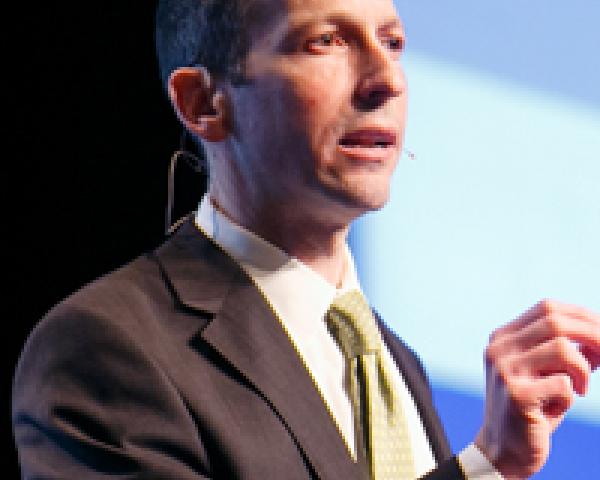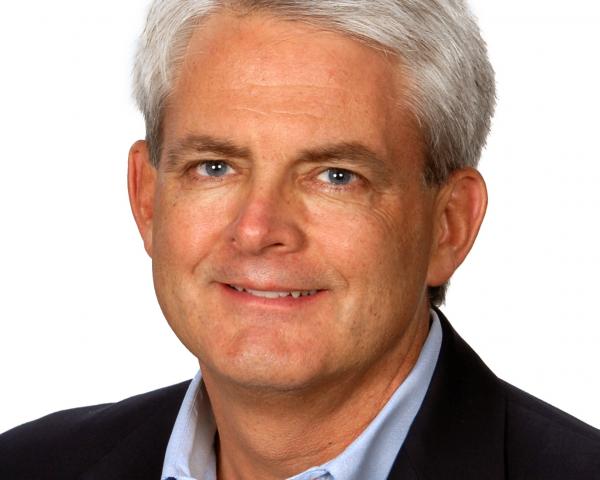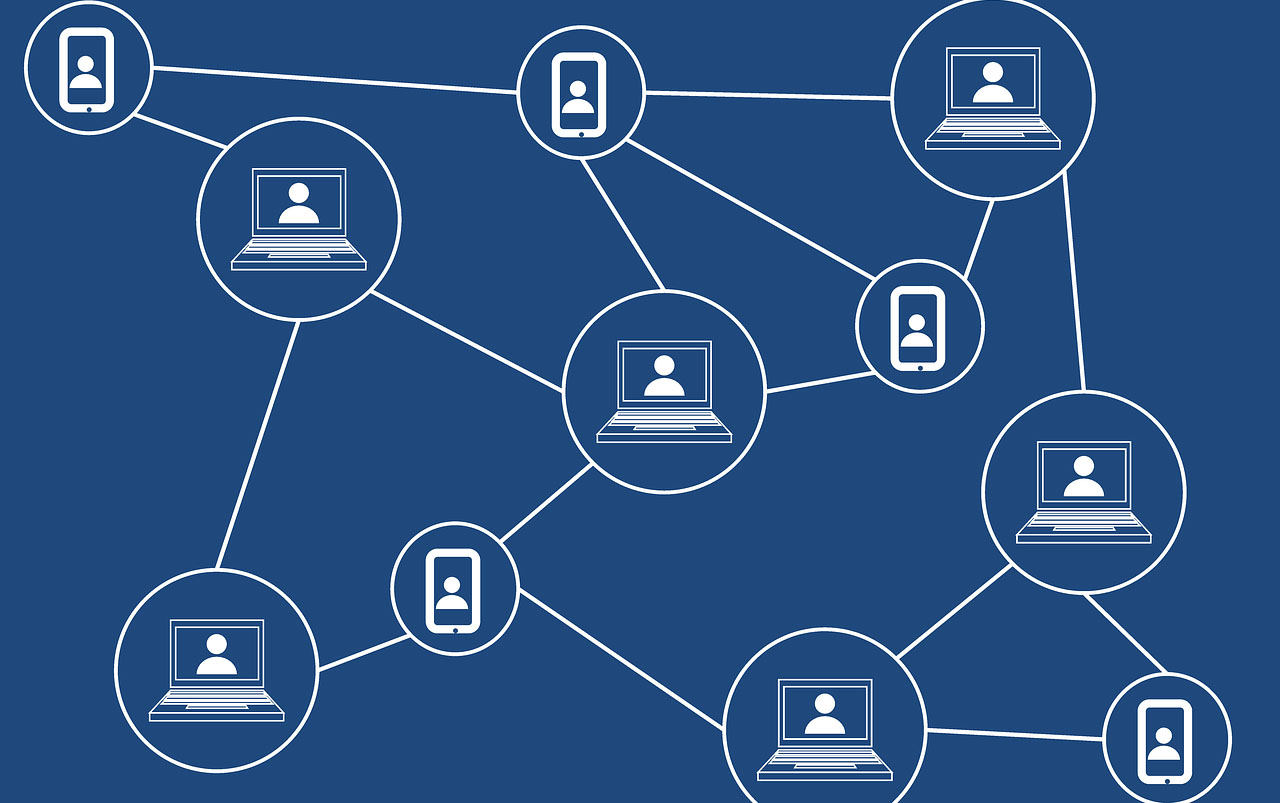Why Bad Customer Experience Is Toxic
Executives often miss the flip side of bad customer experiences. They don't just hurt customers; they create a toxic culture for employees.

Executives often miss the flip side of bad customer experiences. They don't just hurt customers; they create a toxic culture for employees.

Get Involved
Our authors are what set Insurance Thought Leadership apart.
|
Partner with us
We’d love to talk to you about how we can improve your marketing ROI.
|

Jon Picoult is the founder of Watermark Consulting, a customer experience advisory firm specializing in the financial services industry. Picoult has worked with thousands of executives, helping some of the world's foremost brands capitalize on the power of loyalty -- both in the marketplace and in the workplace.
It is easy to lose sight of the fact that we are seeing only the very tip of the iceberg in terms of how AI can transform the business of insurance.

Get Involved
Our authors are what set Insurance Thought Leadership apart.
|
Partner with us
We’d love to talk to you about how we can improve your marketing ROI.
|

Karen Furtado, a partner at SMA, is a recognized industry expert in the core systems space. Given her exceptional knowledge of policy administration, rating, billing and claims, insurers seek her unparalleled knowledge in mapping solutions to business requirements and IT needs.
The percentage of losses attributed to distraction over the last several years has tripled, costing the industry an estimated $9 billion annually.

Get Involved
Our authors are what set Insurance Thought Leadership apart.
|
Partner with us
We’d love to talk to you about how we can improve your marketing ROI.
|
Even if we are in different industries or verticals in the same industry, the more we collaborate and share, the better for everyone.

Get Involved
Our authors are what set Insurance Thought Leadership apart.
|
Partner with us
We’d love to talk to you about how we can improve your marketing ROI.
|

Bobbie Shrivastav is founder and managing principal of Solvrays.
Previously, she was co-founder and CEO of Docsmore, where she introduced an interactive, workflow-driven document management solution to optimize operations. She then co-founded Benekiva, where, as COO, she spearheaded initiatives to improve efficiency and customer engagement in life insurance.
She co-hosts the Insurance Sync podcast with Laurel Jordan, where they explore industry trends and innovations. She is co-author of the book series "Momentum: Makers and Builders" with Renu Ann Joseph.
A study of incumbent-insurtech partnerships finds some surprises--e.g., that startups aren't as disruptive as they think they are.

Get Involved
Our authors are what set Insurance Thought Leadership apart.
|
Partner with us
We’d love to talk to you about how we can improve your marketing ROI.
|

Mike Fitzgerald is a senior analyst with Celent's insurance practice. He has specific expertise in property/casualty automation, operations management and insurance product development. his research focuses on innovation, insurance business processes and operations, social media and distribution management.

In 1997, a colleague and I sat in the office of Sears CEO Arthur Martinez and tried to convince him of two ideas. First, he needed to rethink his business because of the advent of e-commerce. Second, he had a major opportunity to position Sears as what today we would call the Airbnb for home repairs—just set up a sort of digital market that would act as a middleman between repair technicians and homeowners and renters, the vast majority of whom were Sears customers to some degree. Martinez demurred. He said Sears would thrive for the foreseeable future.
He was right if "foreseeable" meant five or six years, but Sears was already struggling when financier Eddie Lampert bought it in 2004, and, after a long, slow-motion train wreck, Sears filed for bankruptcy protection this week.
The Martinez story isn't just a what-might-have-been for Sears. It sheds light on what's happening in insurance, where the threats and opportunities at least rhyme with what Martinez faced in 1997. I'd draw three main lessons:
--Bill Gates is right. (He isn't always right, but he sure is right a lot.) As he said to me (and others) right around the time of the Martinez meeting, people tend to overestimate the effects of digital technology in the short run but underestimate the effects in the long run. The overestimation has happened in many ways with insurtech, such as in the belief years ago that Amazon or some other big tech would soon move into insurance and take over. But we can't let any complacency seep in. Just because some big tech hasn't eaten our lunch by now doesn't mean it won't, or that some other threat won't emerge. Sears didn't lose to some startup in 1998, but it still lost. The forces of transformation have been unleashed in insurance, and they won't stop. We all have to be careful to not underestimate their long-term effects.
--Many executive teams and boards have personal timing that is out of sync with the pace of change in the industry. They know they need to set up their businesses for the future, but they also can feel in their bones that they might make it safely to retirement before the really disruptive changes come. Why launch major initiatives now, with all the complication that will be introduced and with all the money that will need to be invested (and diverted from the bonus pool)? I'm not saying that anyone deliberately starves the future, just that it's hard not to make personal calculations. Martinez retired in 2000 and is listed on his Wikipedia page as "the person who saved Sears," mostly because he increased sales among women through a campaign about "the lighter side of Sears." I'd recommend that boards and CEOs have explicit discussions about timing issues and that all have a significant part of their compensation tied to how their businesses look a decade from now.
--You can't always tell where the threat or opportunity will emerge—yet you'd better get it right. As Chunka Mui and I wrote in "Billion Dollar Lessons" 10 years ago, Sears set itself up for failure in the early 1980s when it bought Coldwell Banker and Dean Witter based on an odd theory sometimes referred to as "socks and stocks." The idea was that people would go to Sears stores and buy some inexpensive clothing, then want to make an investment. They'd buy their financial tools along with their power tools. Coldwell Banker and Dean Witter weren't disasters as investments, but their integration into Sears took a huge amount of management time and distracted the company from the real issue: Walmart. While Sears focused on dreams of synergy, Walmart staked out a lead in hyperefficient, low-cost retailing that it never relinquished. Once e-commerce kicked in, then Lampert made a series of decisions driven by financial engineering rather than long-term strategy, well, we saw the results this week. As it happens, the bankruptcy filing comes just as Sears' e-commerce nemesis, Amazon, is expanding in physical stores, including opening of a cashierless store in Sears' longtime hometown of Chicago and as Amazon's market value has flirted with $1 trillion.
There are ways to test the market with innovations to see where those threats and opportunities are, but that's a longer story for another day. In the meantime, let us know if we can help.
Have a great week.
Paul Carroll
Editor-in-Chief
Get Involved
Our authors are what set Insurance Thought Leadership apart.
|
Partner with us
We’d love to talk to you about how we can improve your marketing ROI.
|

Paul Carroll is the editor-in-chief of Insurance Thought Leadership.
He is also co-author of A Brief History of a Perfect Future: Inventing the Future We Can Proudly Leave Our Kids by 2050 and Billion Dollar Lessons: What You Can Learn From the Most Inexcusable Business Failures of the Last 25 Years and the author of a best-seller on IBM, published in 1993.
Carroll spent 17 years at the Wall Street Journal as an editor and reporter; he was nominated twice for the Pulitzer Prize. He later was a finalist for a National Magazine Award.
Global insurance regulators should take a step back and look for others' regimens that they can use effectively.

Get Involved
Our authors are what set Insurance Thought Leadership apart.
|
Partner with us
We’d love to talk to you about how we can improve your marketing ROI.
|

Bill Marcoux is the global head of DLA Piper’s corporate insurance transactions and regulatory practice.
Disruption is not just about technology. It is a collision of megatrends–technological, behavioral and societal–that is reordering the world.

Get Involved
Our authors are what set Insurance Thought Leadership apart.
|
Partner with us
We’d love to talk to you about how we can improve your marketing ROI.
|

Emily Smith is the senior manager of communication and marketing at Cake & Arrow, a customer experience agency providing end-to-end digital products and services that help insurance companies redefine customer experience.
What do customers think about claims automation? How can leveraging today’s technology and real-time data wow customers?

Get Involved
Our authors are what set Insurance Thought Leadership apart.
|
Partner with us
We’d love to talk to you about how we can improve your marketing ROI.
|

Bill Brower is senior vice president, industry relations and North America claims sales, at Solera.
AI dissects the anatomy of policies, benefits and premiums, but customers need a combination of science and sound advice.

Get Involved
Our authors are what set Insurance Thought Leadership apart.
|
Partner with us
We’d love to talk to you about how we can improve your marketing ROI.
|